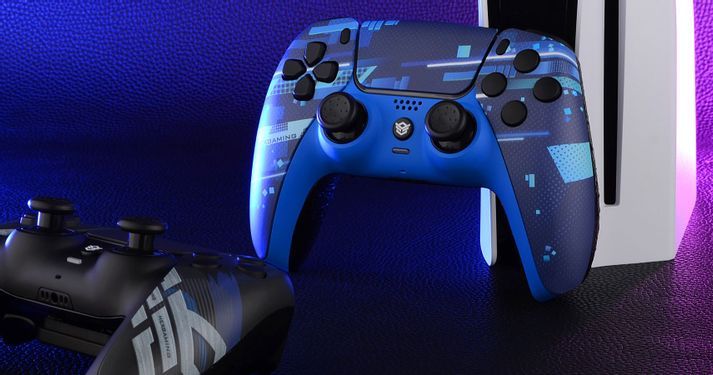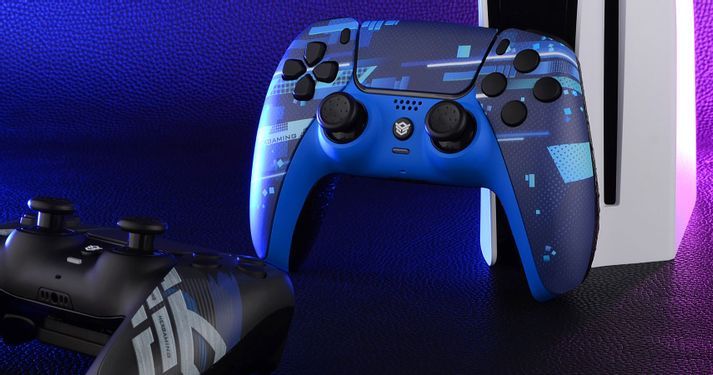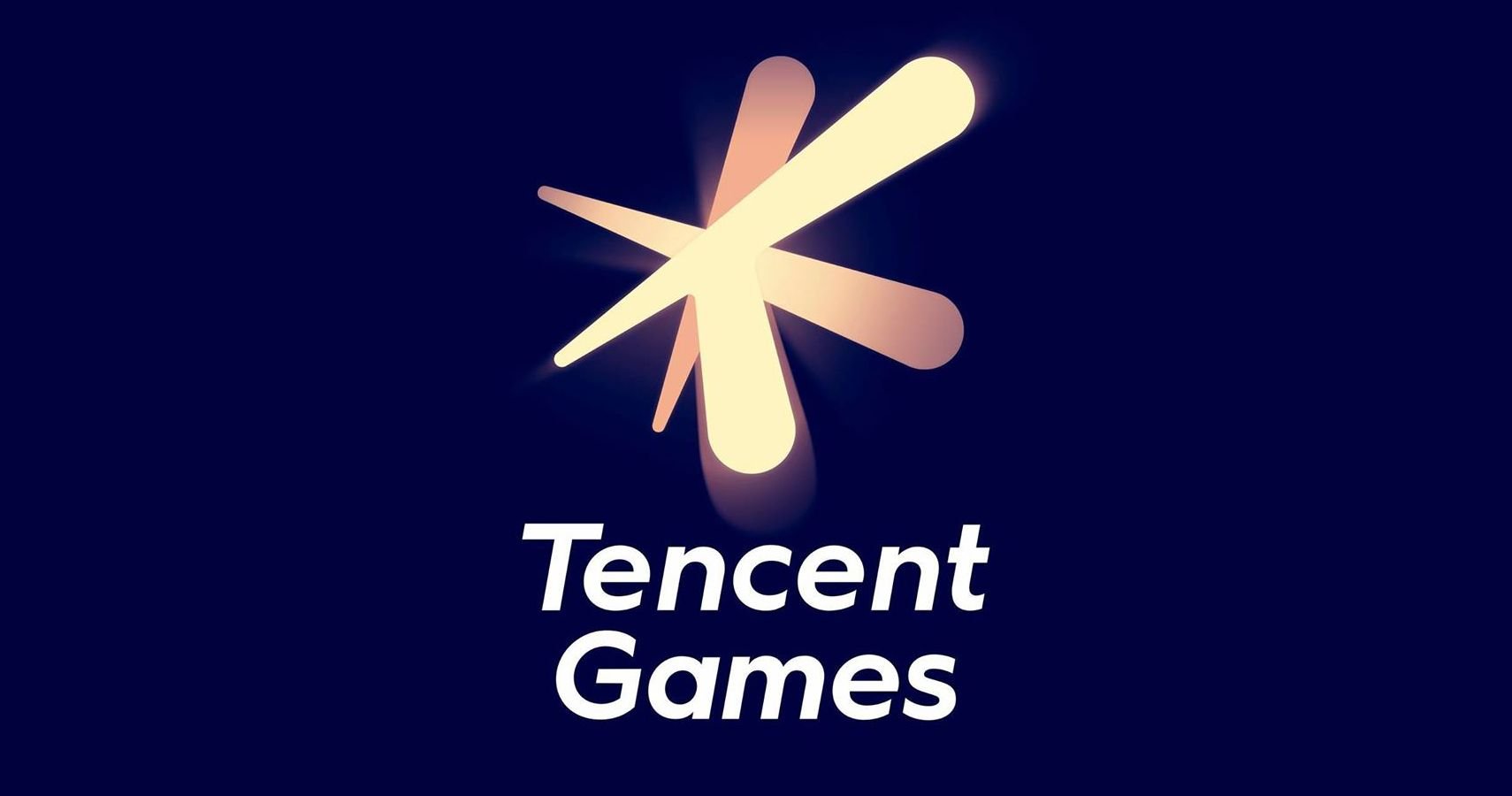
As far as I can tell, HexGaming is first to market with its custom PS5 DualSense controllers, featuring several upgrades, including swappable thumbsticks, optimizing triggers, and mappable back paddles. I became such a huge fan of back paddles throughout the PS4 generation that it’s been particularly difficult for me to adjust to the DualSense now, and neither Sony nor major controller brands like Scuf are offering any solutions yet. Luckily, HexGaming has my back, and sent over one of its modified DualSense controller for a test drive. The PS5 Rival controller has some of the most comfortable and easy to use back paddles I’ve ever seen, and the color and design options are gorgeous, but for more than four times the price of a regular DualSense controller, I’m not convinced that HexGaming has packed enough value and features into this device to justify the price.
The PS5 rival controller is a modified DualSense, meaning it’s an actual official DualSense controller from Sony with upgraded parts. When you order a controller from HexGaming, you’ll be able to choose between 18 different designs, or customize one yourself. I’m testing a model called Origin of Chaos, which features a swirly blue and purple pattern on the front and an oil slick paint on the back called Chameleon that transforms when it reflects light in a really cool way. The new shell is smooth plastic with a high gloss finish that’s a little bit slippery, especially compared to other pro controllers like the Razer Wolverine V2, Scuf Vantage 2, and Nacon Revolution Unlimited that all have more of a rubbery, grippy texture. HexGaming offers a lot of variety for front and back shells, including solid colors, chrome, and a handful of patterns. You won’t find any branded stuff like you would with Scuf, but I think there’s a nice amount of variety here.
Related: CLX Scarab Custom Gaming PC Review: A Premium Rig At A Premium Price
In terms of upgraded features, You’re getting swappable thumbsticks, rear buttons, and either hair triggers or digital “Flashshot” buttons if you pay for the upgrade. I did not test the Flashshot option, but if I had ordered it myself I definitely would have opted for the upgrade.
The rear paddles impressed me the most out of the three. The curved paddles hug your middle fingers and can easily be pressed from any angle, making them ideal inputs for high-stress situations. Programming them is simple, and even if you haven’t gone through the process for some time you likely won’t need to dig out the manual to figure out how to do it, unlike a lot of pro controllers. All you need to do is hold down the button on the back, then hold the paddle and the button you want to assign to it together. The paddles have a hair-trigger and a nice mouse click that makes them incredibly easy to use. These are probably my favorite back paddles I’ve ever tested.
The shoulder buttons have a few pros and cons. The L1/R1 buttons definitely have less travel than the stock DualSense (1.2mm versus 0.5mm) but they also have more resistance and play. They feel a lot more wobbly than they do in unmodified DualSense controllers, and they’re harder to press. They’re definitely faster in the Rival controller, but I’m not sure this is a straight upgrade for the controller.
The same can be said for L2 and R2. The hair triggers reduce the amount of travel dramatically from 7mm to 2mm, but completely remove the adaptive trigger feature from the DualSense. HexGaming opted for a modification to the trigger rather than a travel switch, like the ones you’d find on a Scuf Vantage or Razer Wolverine. The benefit is that every pull is considered a full button press, so you don’t have to worry about any situation that would be affected by a half press, like driving a Sparrow at full speed in Destiny 2, for example. On the other hand, you won’t be able to do a half-press anymore. In a game like Ratchet & Clank: Rift Apart, half presses are a core mechanic for a lot of guns. This means you can’t really use the Rival controller for every game, which I personally think is a bad trade-off.

I usually don’t talk about price in a review because value is so subjective, but it’s worth mentioning in this case because the Rival controller is a lot more expensive than anything else on the market. This is the seventh custom controller I’ve reviewed, and none of them have been anywhere close. Most fall within one and a half to two times the cost of a normal controller, but the Rival controller costs four times as much as a normal DualSense. I love the look and feel of the Rival, but at $250, I would expect a lot more common pro controller features like digital face buttons, swappable plates, tension adjustment, weight adjustment, or at the very least, a spare charging cable in the box. Granted, the Rival is the first custom PS5 controller around, but I highly doubt we’ll see many others come out at this price point.
Pricing concerns aside, the Rival is a fantastic pro controller if you're jonesing for some back buttons. You’ll still want to keep a regular DualSense around for certain games, which I find regrettable, but HexGaming markets the Rival as an esports controller and the hair triggers are definitely going to speed up your reaction time.
A Rival controller was provided to TheGamer for this review. You can learn more about the Rival on HexGaming’s website.
Next: Two Weeks With Cooler Master's Ultralight Mouse And Keyboard




